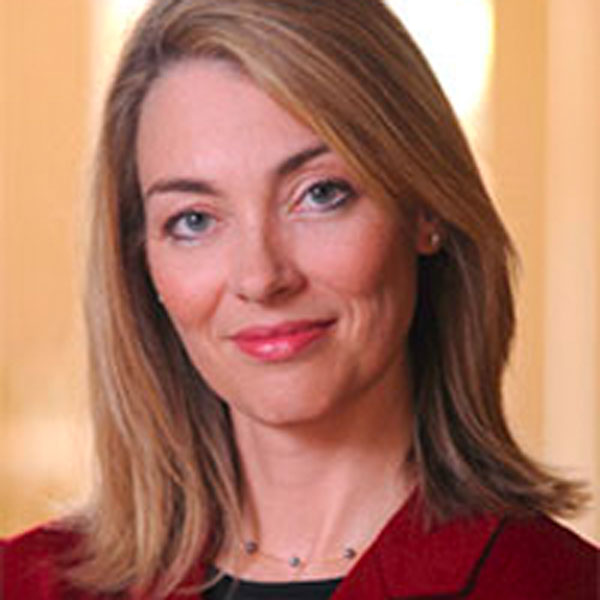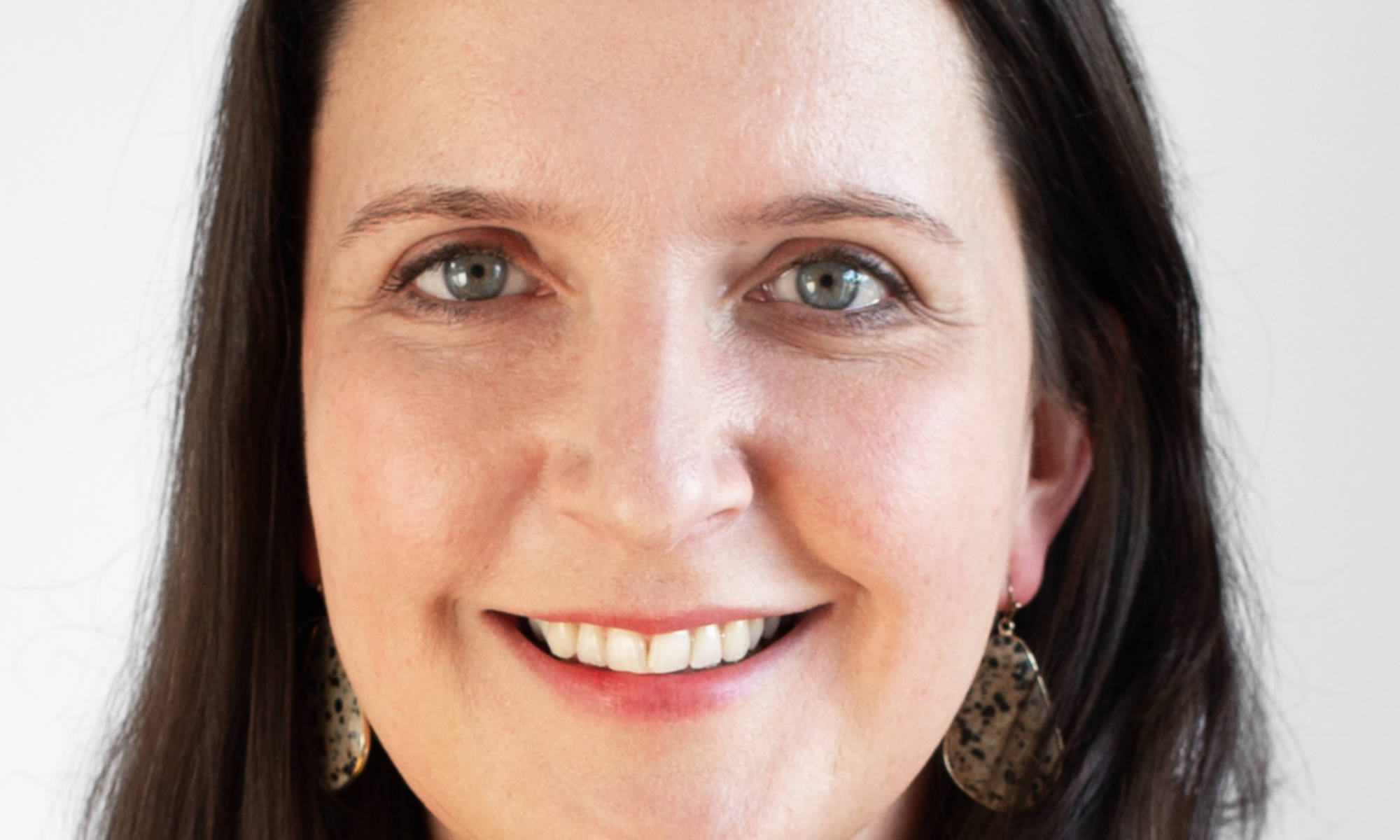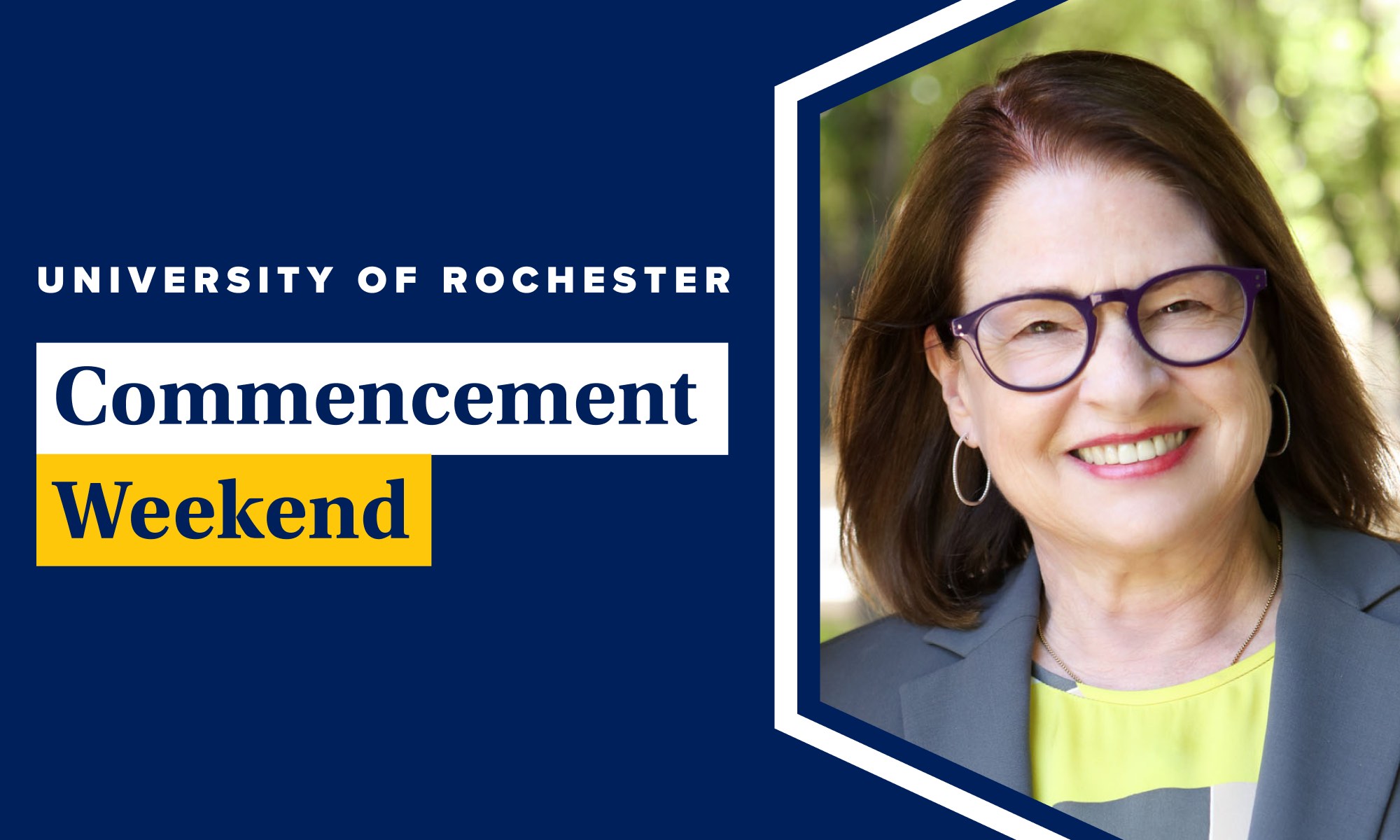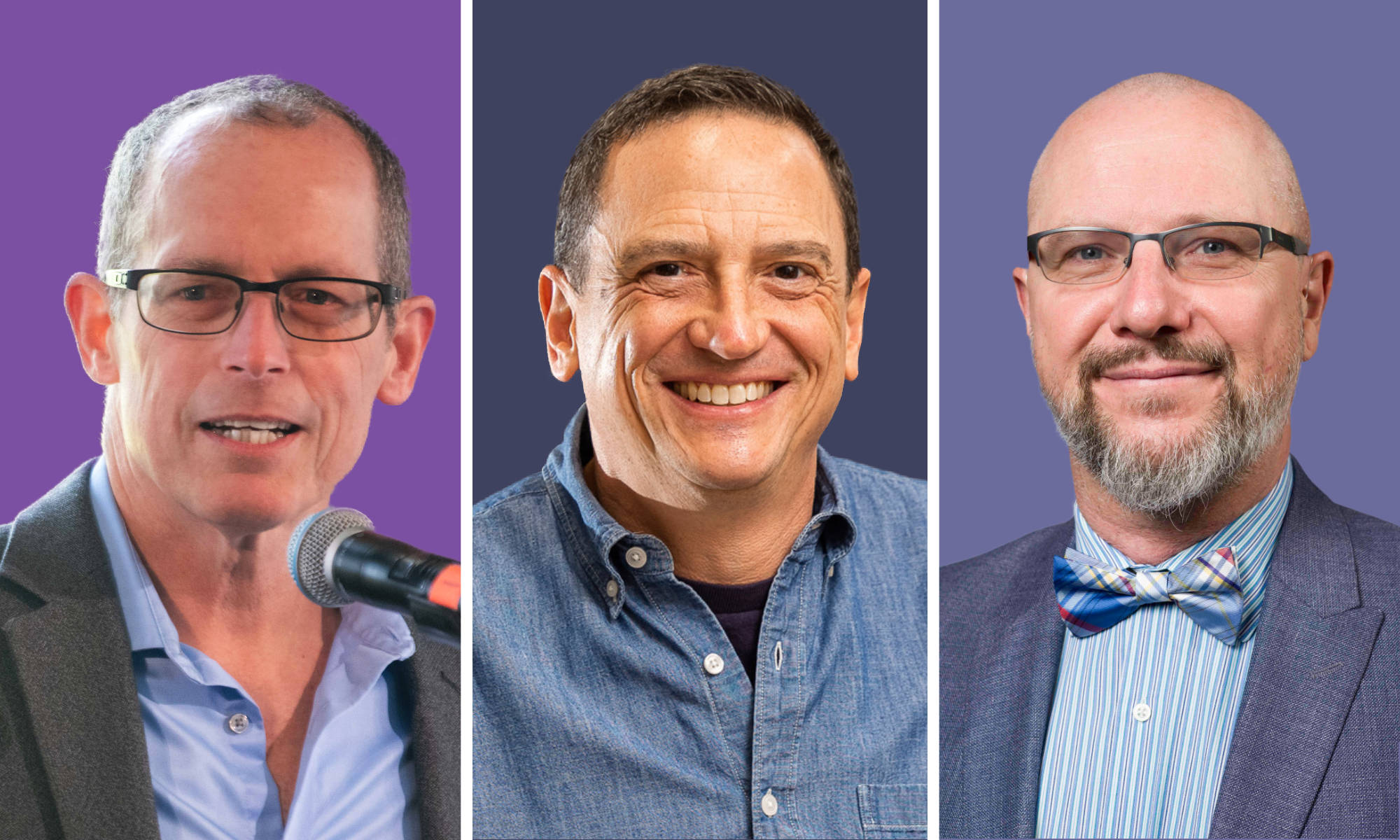Kevin Beckford is the University of Rochester’s first senior director of staff diversity, equity, and inclusion, a newly created position. Born in Jamaica, Beckford lived in Nassau, Bahamas, before immigrating to the United States at age 18. Prior to joining the University, the Pittsford resident (newly elected to the town board) worked for Kodak, Bank of America, and PNC as a transition manager.
Beckford recently shared his thoughts about his new role, the opportunities and challenges ahead, and the best practices to ensure diversity and equity among the University’s employees.
Your title encompasses both “diversity” and “inclusion.” What’s the difference?
We typically talk about diversity in terms of race, but really it means ability, gender identity, sexuality, cultural differences, and religion. One could argue it defines the human race and all of its broad complexities.
Inclusion is really a little bit more action based and more influential. One could argue that at the University we have diversity, but do we have inclusion? For example, if you have a leadership team with only one person of color, or only one woman, their single vote or voice may not be as easily heard when decisions are being made. That’s diversity without inclusion.
Kevin Beckford’s
call to action:
All hiring managers and their recruiting staff should be held accountable for cultivating a diverse candidate pool. When that’s managed well, more diverse candidates will be hired.
Leaders and supervisors should model the University’s values, which include fostering a welcoming and inclusive cultural climate.
Leaders and staff should receive implicit bias, microaggression, and safe-space training to better understand the issues people from underrepresented minorities often face.
You also asked to have the word “equity” added to your title. Why is that important?
Equity takes on different forms. The most obvious are the ones that are tied to an affirmative action plan. The federal government has expectations around gender and racial pay equity. However, there’s also equity in terms of opportunity, and that’s probably the one that is a little more elusive.
How does the University stack up?
We have nearly 6,000 salaried staff. Salaried positions are usually roles of significant responsibility that can lead to more senior leadership roles. At the University, about 89 percent of salaried staff are nonminority. In most industries, that figure is closer to 80 percent. So, we have some work to do in this area.
How do we fix that?
There are two parts to our strategy. First, we need to make sure we are developing our current base of employees. Next, we need to attract and retain external talent with a purposeful focus on a more diverse talent pool. It’s my expectation that anyone who is in a supervisory capacity is having routine one-on-one conversations with their direct reports to discuss recognition, performance updates, and career development.
It’s also important to note that in our journey to building a more diverse workforce we have made visible progress, but there remains a lack of representation of Native American, African American, and Latino American groups.
What if people from underrepresented minorities don’t apply for positions?
The University needs to expand its relationship with Native American, African American, and Latino American professional organizations—both national and local. Those organizations are a wonderful resource to help recruit external talent.
We want to let the world know we are in a transformational year with respect to preparing our institution for the future. Our greatest asset is our people and our culture; it is where the magic of innovation, service, and humanity begins. That said, we would not be able to achieve a competitive edge if our organization does not reflect the true diversity of our nation. In our pursuit to be “ever better” it is critical it means “for everyone.”
Why does diversity matter?
We’re in the people business, whether it is students or patients or the family members of students and patients. It’s really important that we reflect the diversity of the community that we live and work in. The United States is becoming more diverse. We need to be sure we can still attract the best thoracic surgeon, neurologist, HR person, supply chain person, because we will be competing for the same talent pool as our peer institutions. So, if we want to be ever better, we need to be sure we attract and retain a more diverse workforce.
What is the process of becoming a more inclusive and diverse campus?
I actually think it’s a work in progress. I don’t think you ever achieve a plateau where you can say, “We’re there.” The value I see in diversity, and why it’s so meaningful to me, and how it can be meaningful and beneficial to our institution, is that when you have a group or a team, whether it’s a leadership team, project team, or service team, that reflects the broadest version of diversity—and that can be gender, ethnicity, sexual preference, or any other type of diversity—it puts you in a place of being able to deliver the best of the best.
How do you view the University’s commitment to diversity and inclusion?
We already have things going for us that are meaningful. You can see the ICARE values that each [Medical Center] employee has on their badge in action every day, particularly in the areas that are serving patients and families. ICARE shows us that we can coalesce all of our attention around a set of values and then operationalize them in a way that it actually helps us. I’m confident that, working together, our cultural climate will be one that allows for acceptance of all and inclusion, growth, and opportunity for all.




